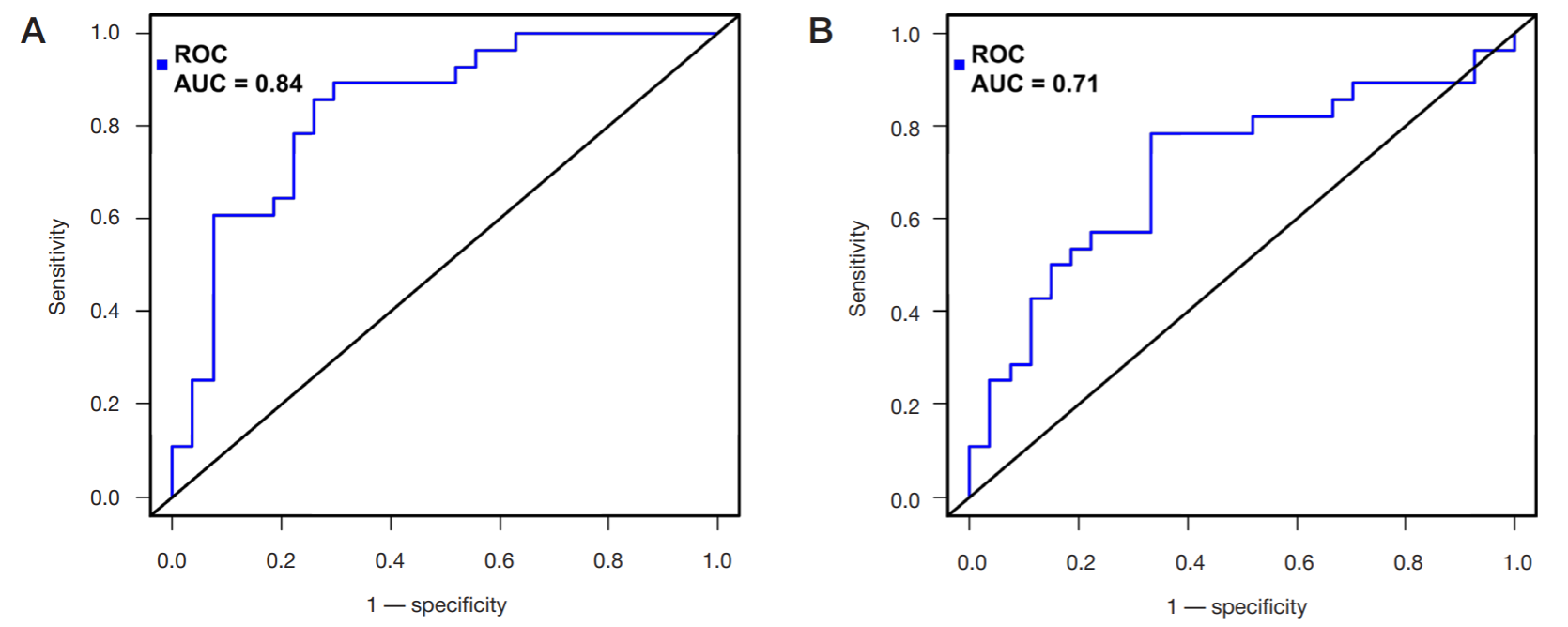
This article is an open access article distributed under the terms and conditions of the Creative Commons Attribution license (CC BY).
ORIGINAL RESEARCH
New non-invasive approaches to the diagnosis of lymph node metastases from breast cancer by mass spectrometry
1 Kulakov National Medical Research Center for Obstetrics, Gynecology and Perinatology, Moscow, Russia
2 V. L. Talrose Institute for Energy Problems of Chemical Physics, Moscow, Russia
Correspondence should be addressed: Vladimir E. Frankevich
Oparina, 4, Moscow, 117997, Russia; moc.liamg@hciveknarfv
Funding: the study was funded by RFBR and National Natural Science Foundation of China within the framework of the scientific project № 19-515-55021
Compliance with ethical standards: the study was approved by the Ethics Committee of Kulakov National Medical Research Center for Obstetrics, Gynecology and Perinatology (protocol № 9 dated November 22, 2018); the study was carried out in accordance with the requirements of the Declaration of Helsinki, International Council for Harmonisation (ICF), Good Clinical Practice (GCP) guidelines, Federal Law 323-FZ dated November 21, 2011 “On the Basics of Protecting the Health of Citizens in the Russian Federation”; the informed consent was submitted by all patients.






